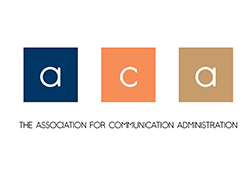Abstract
This article discusses the future of communication education in community colleges in the U.S. Recently, business and political leaders have begun to take note of the important role of community colleges within higher education. Bill Gates, chairman of the Microsoft Corp., firmly stated that community colleges are becoming "absolutely critical" in the information age. He continued by adding, "The more I've learned about the community-college system throughout the United States, the more I've been impressed." President Bill Clinton's vision of expanding education for all Americans to include grades 13 and 14 moves the community college to a more visible location in the fabric of American education. Perhaps surprisingly to some, community colleges have become significant players in the educational arena. Over 9 million credit students are enrolled in our nation's 1,130 community colleges. Almost half (46%) of all first-time college freshmen attend community colleges. The majority of all African American students (46%) and Hispanic students (55%) in higher education are found in community colleges. Historically, community colleges evolved from "junior colleges," providing access to higher education for local populations, into a more eclectic mix of institutions continuing to provide access, but with a wider range of options. As a result, there is no universal agreement regarding the role of the community college. Regardless of in which corner a community college currently resides, the evolutionary process will continue to mold and reshape today's community colleges.
Recommended Citation
Zakel, L. E., & Wynn, D. R. (2000). The future of communication education in the community college. Journal of the Association for Communication Administration, 29(1), 120–130.


